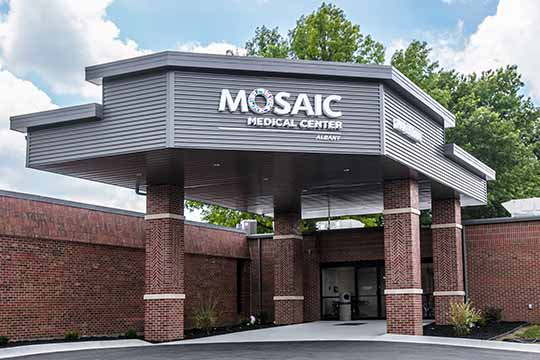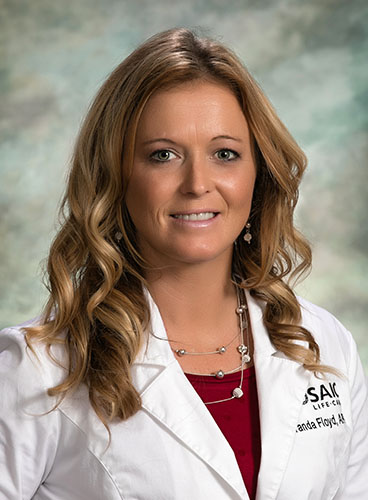At Mosaic Life Care Physical Medicine and Rehabilitation, our orthopedic doctors in St. Joseph are here to provide diagnostic and restorative care for patients experiencing a variety of disabilities, functional deficits or deterioration. From full joint replacements to physical therapy and simple steps focused on keeping you active, we’re here to help you act the age you feel in your heart, not your joints. We work with patients ages 10 and older to develop individualized and customized treatment programs for each person in both inpatient and outpatient settings.
There are many reasons patients need to see an orthopedic doctor. Often, patients experience pain or dysfunction as a result of:
- Polytrauma/accidents (i.e. amputations)
- Neurological (i.e. strokes, Multiple Sclerosis or neuropathy)
- Rheumatological (i.e. arthritis)
- Normal aging (i.e. back or neck pain)
- Pulmonary/cardiac (i.e. Chronic Obstructive Pulmonary Disease or Congestive Heart Failure)
- Obesity
- Endocrine (i.e. Diabetes Mellitus)
- Cancer
- Sports injuries
- Work injuries
Orthopedic doctors at Mosaic Life Care perform the following special procedures in St. Joseph ,MO:
- EMG/NCS (electromyography and nerve conduction studies)
- Joint injections
- Trigger point injections
- Botox injections for spasticity (i.e. late effects of cerebrovascular accident, closed head injury and spinal cord injury), hyperhidrosis and dystonia
- Platelet rich plasma injections
- Regenerative injection procedures for tendon or ligament pain
- Ultrasound guidance for injections
Sports Medicine
Mosaic Life Care Sports Medicine encompasses a full spectrum of injury treatment and prevention for athletes of all ages. The program includes care from family care doctors and physical therapists. We offer same-day appointments and same-day imaging services, as well as priority-care scheduling for doctor, imaging and therapy visits.
Mosaic Life Care doctors also work in conjunction with our certified athletic trainers to provide on-site coverage to local high school and college athletic teams. We’re dedicated to working with youth sports programs in the community to provide convenient access to the same level of care that professional sports teams receive.
Physical Therapy
A rehabilitation program is specifically designed for each individual depending on the injury, disorder or illness. A multidisciplinary team approach for care and service is the basis of rehabilitation treatment. Multidisciplinary refers to the fact that many different disciplines work together toward a common goal.
The Mosaic Life Care Physical Medicine and Rehabilitation team includes:
- Board Certified Physiatrists
- Advanced Practice Nurse
- Licensed Practical Nurses
- Certified Medical Assistant
- Certified Athletic Trainer
- Patient Care Representatives
- Patient Access Representatives, HeartSaver certified
- Clinic Manager, HeartSaver certified









